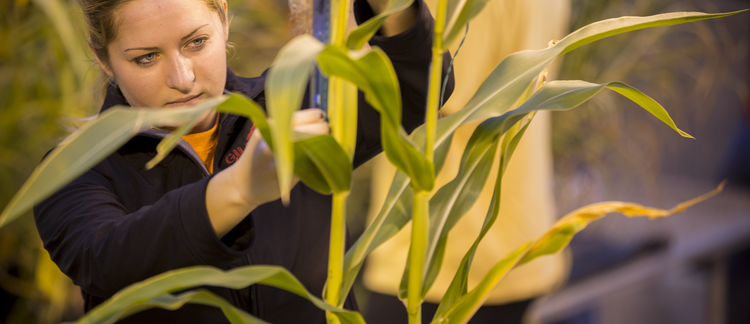Abstract
Southeast Iowa producers have expressed interest in limestone source effects on crops and soils. Quarried, crushed limestone is the most common liming material used to neutralize soil acidity. Depending upon the quarry, limestone may be calcitic, dominated by calcium (Ca) carbonate, or dolomitic, possessing varying portions of Ca and magnesium (Mg) carbonate. Without exposure to soil acidity, very little limestone dissolves in the soil. But, when limestone is exposed to acidity, it dissolves and either Ca or Mg ions replace hydrogen (H) ions on the soil exchange complex. Among all the ions adsorbed on the soil exchange complex, there exists a chemical equilibrium between the soil solution and this complex. This not only affects the balance of nutrients absorbed by plant roots but the stability of the soil as well. This experiment examines the effects of calcitic and dolomitic limestone sources and their rates of application on crops and soils.
Keywords: Agronomy
How to Cite:
Henning, S., (2005) “Limestone Sources and Crop and Soil Responses”, Iowa State University Research and Demonstration Farms Progress Reports 2004(1).
Downloads:
Download pdf
View PDF
290 Views
105 Downloads

